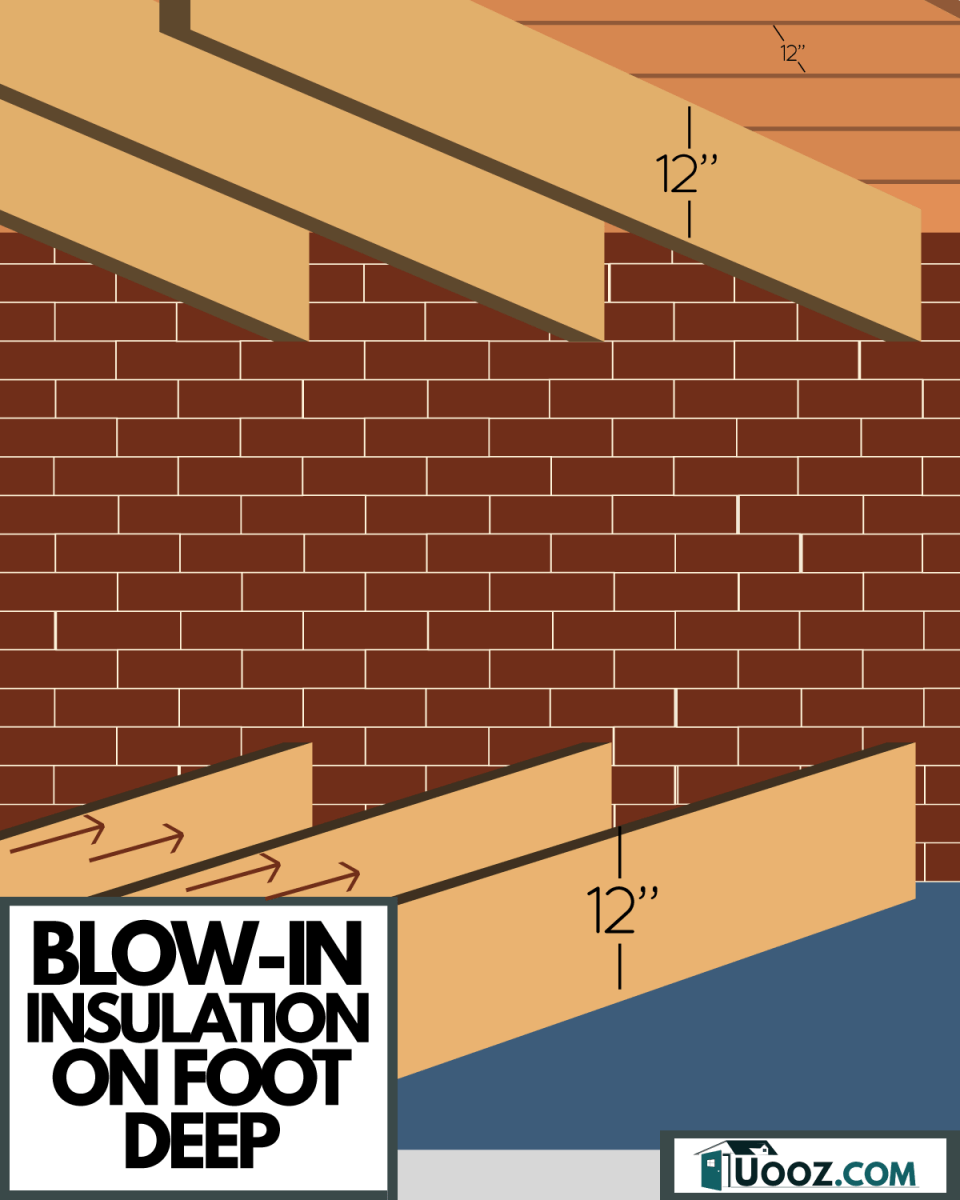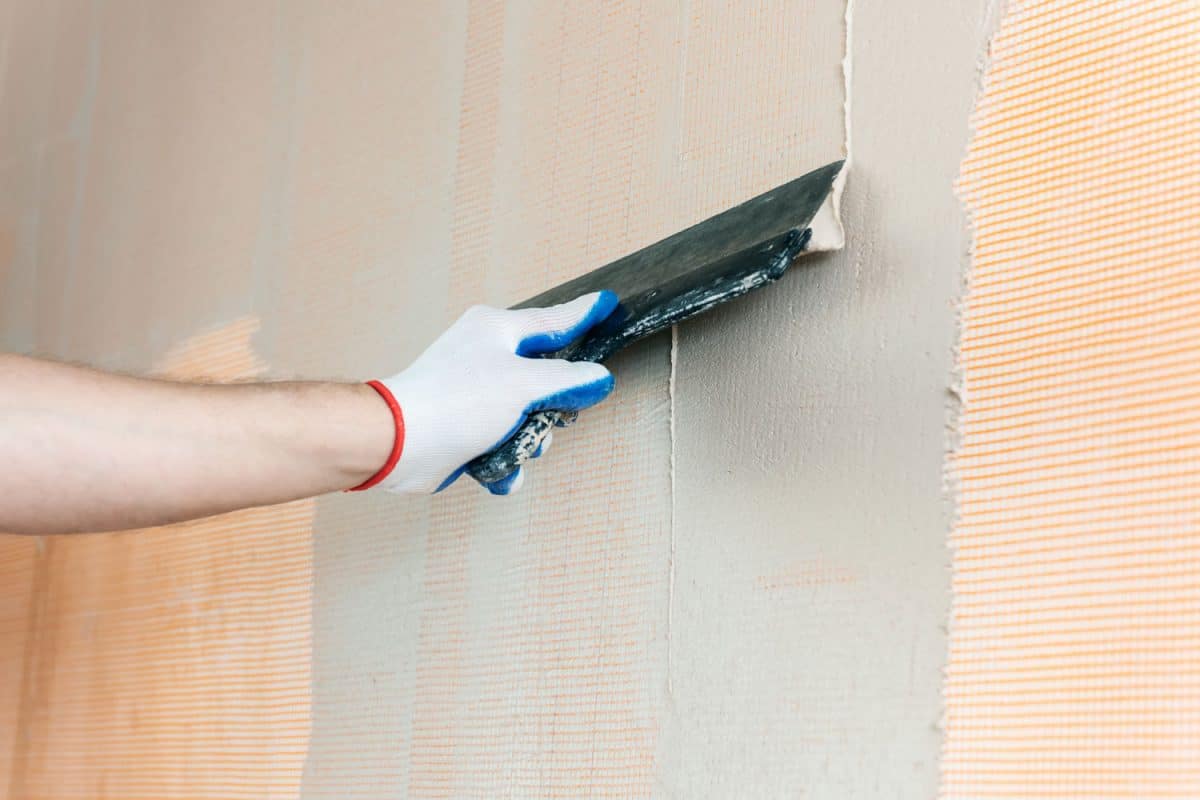If you love DIY, maybe you’re researching how much Plumber's Putty you need to use for the sink drain in the bathroom remodel. Perhaps you want to know how the wash-bowl is watertight! Either way, Plumber's Putty is an excellent product because it’s effective, non-toxic, and easy to use. But how much do you need to use on the basin of the bathroom sink? We’ve examined several plumbing sources and compiled the results here to give you the answer.
For a bathroom sink, you need about the size of a golf ball of plumber's putty; much more will make it hard to tighten the seal. Form about a 3/8th inch (1 centimeter) roll that reaches from end-to-end under the sink flange. (The flange is the metal ring you see in the sink bottom). Some putty will always squeeze out around the edges of the flange. It can be reclaimed for later use.
Unless you’ve done it before, knowing how much putty to use isn’t as clear as people think. The last thing you want is a leaking sink! So we’ve clarified how much putty you need to use and included the steps in applying it correctly. We’ve also taken the time to add some related questions to come up when using plumber's putty. Continue reading, and you’ll be a pro in no time!

How To Apply Plumber's Putty
What is Plumber's Putty?
Plumber's Putty will bring you back to your childhood ‘Play-Doh’ years, or maybe you remember those coil-pots in ceramics class? Almost everyone has used some type of modeling clay! It’s easy to roll the putty to seal your bathroom sink drain.
There are several brands of putty, and most are made from linseed oil and clay. Some have different or additional ingredients for improved flexibility, longer shelf-life, or they’re made for use on specialized surfaces such as marble or fiberglass. But all of them are used the same way, and we’ll explain how next.
How To Apply Plumber's Putty in 6 Easy Steps
- Make sure the sink and the flange are completely clean and dry
- Take a small amount of putty in your hand, about the size of a golf ball.
- Roll and press it evenly into about a 1 centimeter (3/8th inch) rolled length.
- Check the size of the roll around the underside of the flange; it should meet completely end-to-end.
- If too long or short, verify the diameter. You can remove, add, or re-roll putty as necessary.
- Place the roll against the flat bottom of the flange and press gently to secure.
- Do not press hard; leave it in the basic roll shape.
- Avoid pressing into any pipe threads (flange construction varies).
- Check that the putty is evenly distributed and meets/overlaps entirely at the ends.
Now you can press the drain into the sink and secure it following the manufacturer's directions for your drain kit.
The following short video shows this process and has some excellent additional tips you should know about plumbing.
What is the Flange?
This drawing shows the parts of a sink. As you can see, the flange is the part that rests on the sink bottom. The putty is used underneath the edge of the flange. It creates a watertight seal against the sink.
Is It Better To Use Silicone Or Plumber's Putty?

You’ve probably read on the internet about using silicone instead of putty to create that watertight seal. Putty is widely used and recommended, but silicone has its place too. We’ll discuss the pros and cons here.
Plumber's Putty
Plumber's Putty creates a non-permanent, watertight seal
Pros
- Creates a watertight seal
- Non-permanent, allowing easy repairs or changes
- Sinks can be used immediately
- It lasts for years after installation
- Long product shelf-life
- Many formulations for different sink materials
- Easy to use
Cons
- A waterproof seal may be compromised due to
- ill-fitting sink/fixtures
- damage
- Not for use in pressurized situations
Silicone
Silicone creates a permanent and watertight seal
Pros
- Watertight
- Can be used for poorly fitting sink/fixtures
- Easy to use
- Creates an adhesive bond good for pressurized situations
Cons
- Drying time required - no immediate use
- Permanent - no changes or repairs without possible damage or replacement of sink/fixtures - How Much Does It Cost To Install A Bathroom Sink And Faucet?
So which should you use? Putty is the standard installation, but circumstances may affect your decision.
Inspect your fixtures
An anecdotal discussion on Terrylove.com has an excellent example of why a plumber who had always used putty used silicone on one project. In the discussion, the plumber found that while working on a large apartment complex remodel, he was experiencing leaks in all of the sinks.
After a lengthy investigation, he realized that the sinks had been manufactured with extremely uneven sink bases. The putty was not sufficient to waterproof the large and uneven areas. He changed all of the sinks to a silicone sealant, and the problem was solved.
How Soon Can I Use The Sink After Applying Plumber's Putty?

One of the favorite reasons plumbers use and prefer Plumber's Putty is that the sink can be used immediately. This allows the plumber to immediately test the plumbing and finish the project without returning another day.
Silicone requires drying time, so if you or your plumber use silicone, be sure to test it carefully once it has dried - usually at least 24 hours - and check for leaks under the sink.
Checking For Leaks
Sometimes a leak is so subtle; you might not even realize it. Here is the easiest way to determine if your sink is completely sealed.
- Completely dry the pipes and under the sink base
- Run the water for a few minutes.
- Using toilet paper, dab all around the bottom of the pipe at the base of the sink.
- If the paper comes away wet, dry the area again and use new toilet paper to check again for moisture.
If your paper keeps getting wet, you may have a leak.
If you didn’t use putty
If you find a leak and you have sealed it with caulking, you may be in trouble. You’ll have to either remove the drain (not an easy task if it’s been glued in place with silicone) or try to squeeze more silicone into the gap between the flange and the sink.
Either scenario is going to be a big mess and more trouble than it is worth. Unless you can be sure that you will create a solid seal with no gaps in the silicone, it’s better to use putty.
Does Plumber's Putty Ever Go Bad?
A popular producer of Plumber's Putty, Oatey.com, states that their basic putty lasts for two years when properly sealed. This is standard, but some formulas can last up to three years. With air exposure, and over time, putty will harden and be unusable. Fortunately, it’s a relatively inexpensive product. You can find it in tubs - smaller than a Chinese takeout container - at any hardware store.
See standard Plumber's Putty on Amazon.
Final Thoughts
Plumber's Putty is a great product, and you only need a small amount for a bathroom sink. It’s inexpensive and easy to use. If you want to make changes, it’s a simple process to remove the drain and wipe off the old putty with a rag.
Silicone works too, but it can have drawbacks for sink drains because of its permanent adhesion. Don’t forget to seal the putty container to keep it soft for up to 2 years. Check for leaks, and if you find any, it’s easy - and a little nostalgic - to start over with new putty.
For additional related topics, see this post, Do Bathroom Faucets Come With Drains? and, How Deep Can A Pop Up Drain Be?

